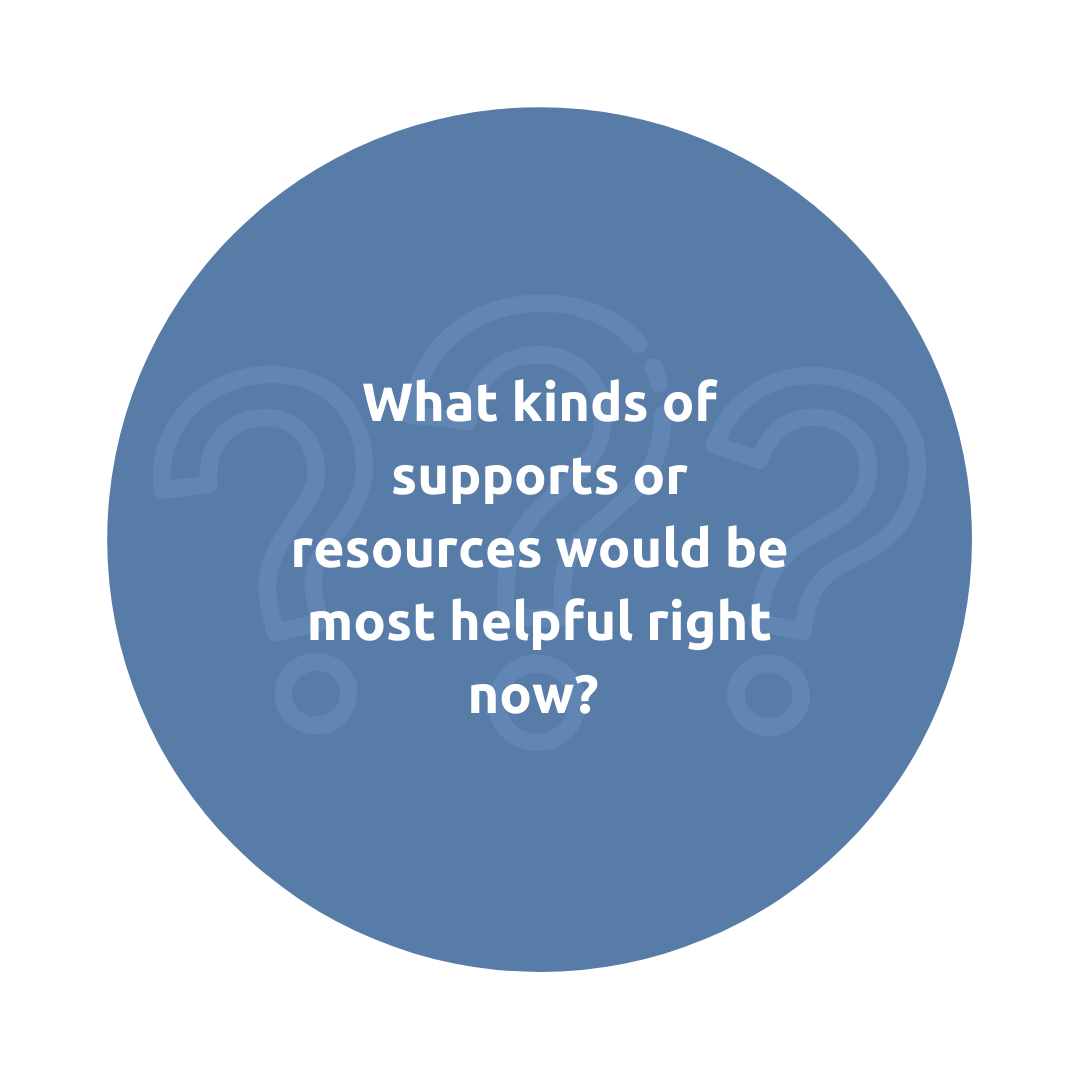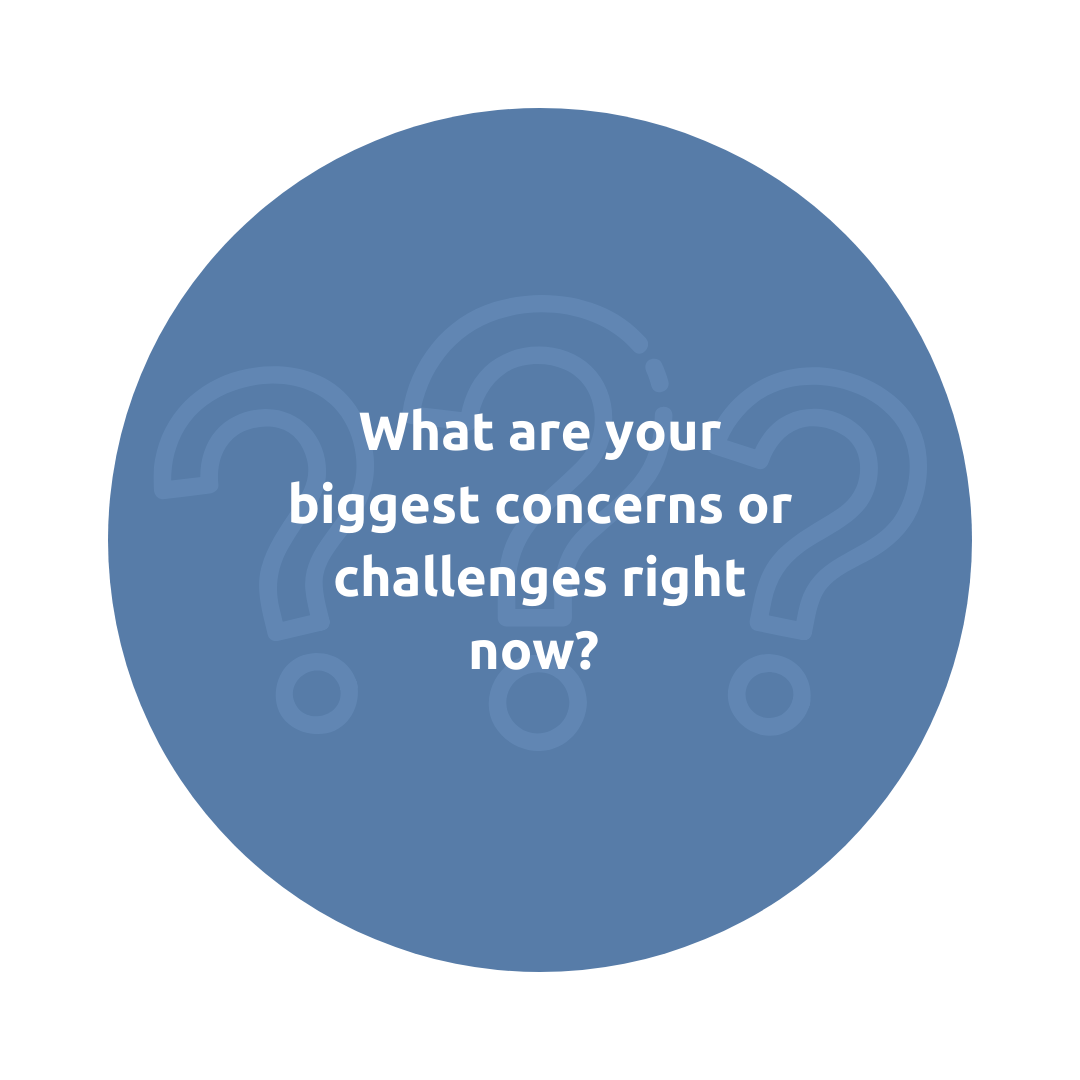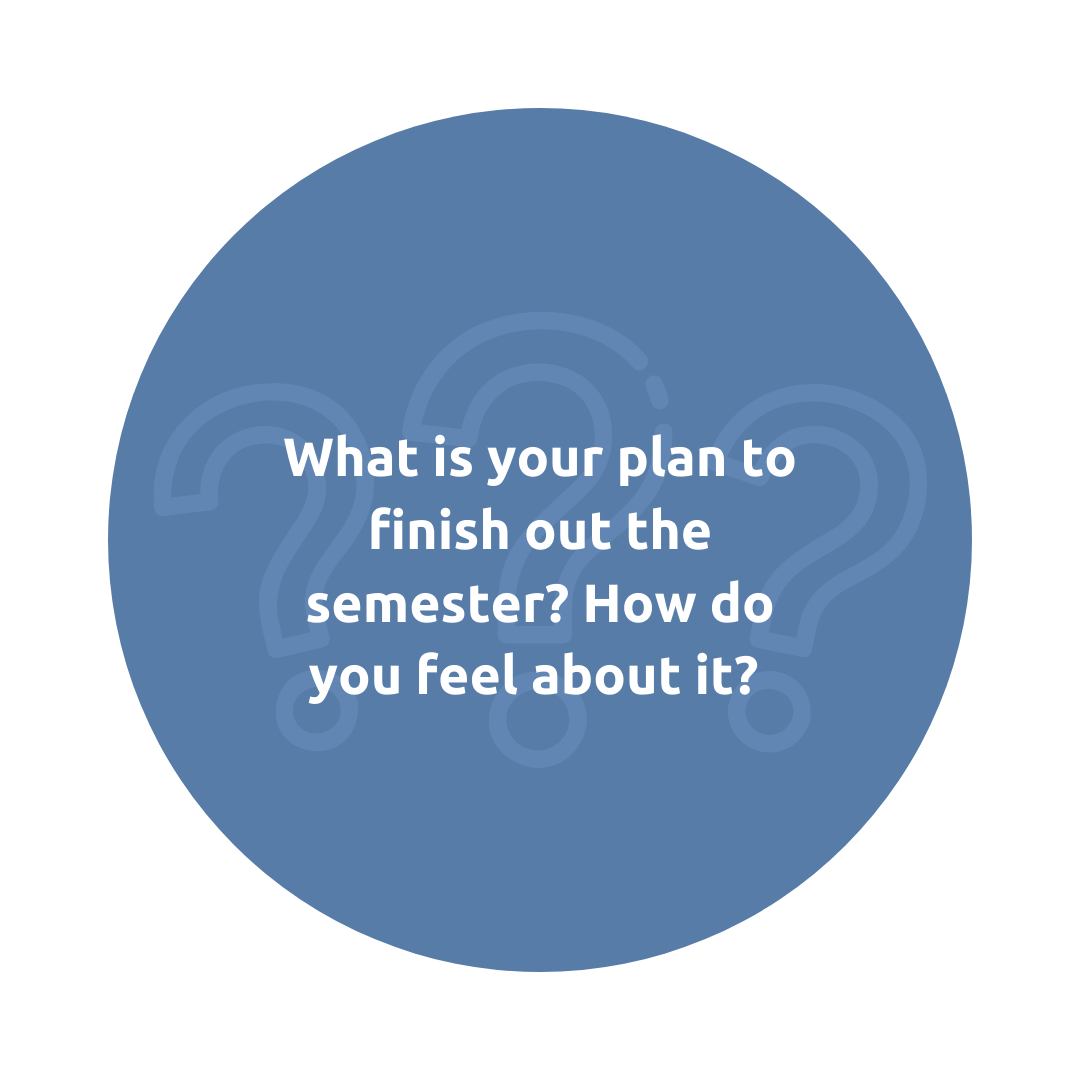Learning Mindsets in a Changing Environment
Supporting student and educator motivation in the transition to remote instruction
Empathizing and learning with our partners
Over the past few months, our nation has seen a monumental shift in the way educational institutions are operating. Nearly every school in the United States, from K-12 to higher education, has moved classes online. That means that nearly 75 million students are having adjust to learning primarily through a screen. It also means that around 5.4 million instructors are learning how to teach remotely. While necessary, this transition poses a massive challenge for students, educators, and administrators.
Though the education system is facing challenges, we believe that there are opportunities for innovation, creativity, and collaboration. We’re listening carefully to our partners, identifying their key concerns and struggles, and developing support plans that will be ongoing through the remainder of this crisis, and beyond.
“even highly motivated students are feeling a lack of motivation as they transition online”
- graduate student in Tennessee
What We’re Hearing
First and foremost, our partners at the both the instructional and system level are most concerned about the health and safety of their students, as well as their colleagues and coworkers. Additionally, our partners identified these topics as points of concern:
“How can we support low-income students through the transition?”
- VIce Chancellor for Student Success
“so how do we build that confidence? That mindset of “I can handle this change, I can do this”…”
- Higher Ed. Instructor in Georgia
Instructional Partners
Requested Support and Resources
Tips and Check-in’s to see how students are handling the transition, along with best practices resources around messaging and communication
Low-lift mindset supportive resources that will hopefully help students maintain and grow positive learning mindsets
Resources for creating meaningful and effective virtual content and curriculum
Strategies for helping students with accessibility issues
Administrator Partners
Requested Support and Resources
Low-cost and effective transition resources that are easy for instructors and students to implement
Mindset supportive resources for instructors and students that work to bolster positive beliefs around academic success online
Assessment tools designed to shed light on how, and what, instructors and students are doing during the switch
“faculty need low-cost resources, they’re already receiving so much information.”
- Director for student success
Our Curated Resources
Below are links to our curated resources. We hope you find these helpful during the current transition to online instruction. If you have used, or know of any additional helpful resources regarding topics such as online instruction or fostering positive learning mindsets virtually, please feel free to reach out and share them with us! You can email Seth Moya, a Research Coordinator at Motivate Lab with your resource information.
Coming Soon
Motivate Lab’s Mindset Minutes
Links to the resources found in our weekly Mindset Minute emails, which highlight some of the most promising practices that can help address your most timely challenges related to student motivation and learning mindsets. They also highlight what educators are currently doing in response to the pandemic that align with the promising mindset supportive practices.
Click the blue text below to expand the list:
Focusing on Equity
The shift to online learning has reinforced the many ways that our educational system is inequitable and designed to serve certain students better than others.
Some of our partners’ main concerns are around how best to provide quality instruction to students with limited access to technology and internet access. They’re focused on how to make content meaningful and relevant so that students stay engaged through their connectivity struggles, while also being mindful of any other points of stress that many of them are facing. Rising unemployment, increased familial responsibility, and potential health risks are all factors that also contribute to lowered student engagement. These additional stressors are particularly salient for students who are already feeling disconnected from their school.
The transition to fully online learning has the potential to increase learning opportunities and gaps across the socioeconomic spectrum, particularly for students with weaker academic backgrounds. It is imperative that educators consider how to maintain equity and inclusion in virtual learning environments.
"equity concerns are a big issue.”
- Mindsets Director, Office of Leadership
“how do we connect with students who have little or no access to the internet and good technology?”
- Instructor in Georgia







